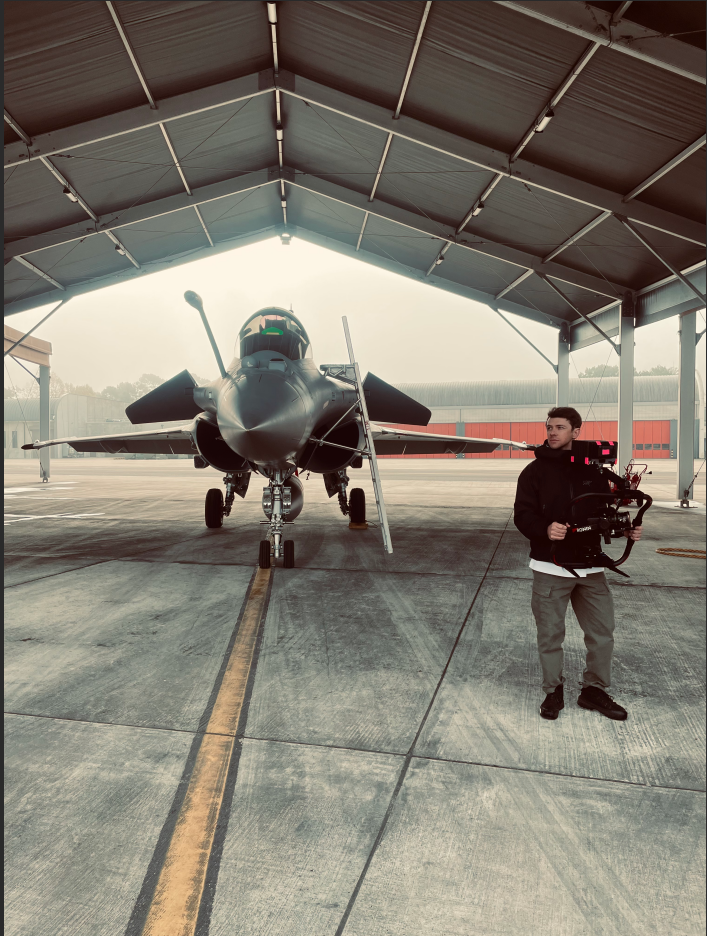Cédric Corroy: Crafting Light with DZOFILM Arles Primes
2025.9.25
1. Please introduce yourself briefly – your type of work, base country, and educational background.
My name is Cédric Corroy. I am 32 years old, born in Cannes, and have been based in Paris for nearly 15 years.
My academic path led me to a Master's degree in business school, which included a formative year abroad at a university in New Mexico, USA. It was there, immersed in the vast desert landscapes and unique light, that my passion for photography truly ignited—a deep desire to capture fleeting moments.
Upon returning to France, I entered the audiovisual industry through a production company internship. With no formal film school training, I learned the craft hands-on, on set, by observing and dedicating countless hours to self-study.
Today, my work takes me around the world for both personal projects and collaborations with prestigious clients. In recent years, I've specialized in creating films that reveal the artistry and craftsmanship behind luxury brands, gaining access to the workshops of renowned houses like Hermès, Dior, Cartier, and others.
I am now increasingly drawn to longer-format narratives with deeper impact, as seen in my latest documentary, Envole-toi, which follows five women in the French Air and Space Force. 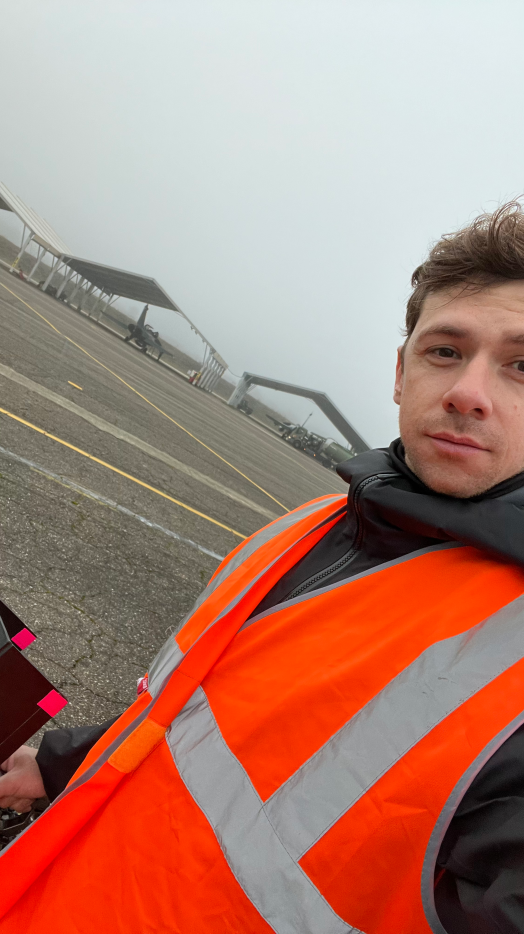
2. Could you tell us about your latest documentary project and its general content?
Envole-toi is a three-part documentary series, with each episode running approximately 10 minutes. It offers an intimate glimpse into the French Air and Space Force through the lives of five women aged 21 to 35.
Their roles—encompassing air force firefighter, Rafale aircraft mechanic, air traffic controller, and commando—reveal not only technical expertise but also profound personal commitment. More than a simple professional portrait, Envole-toi explores their resilience, aspirations, and the pursuit of fulfillment within a high-stakes environment.
Through these compelling personal stories, the series illuminates a world where ambition is boundless and every mission is driven by a profound sense of purpose.

3. When preparing for this project, why did you choose to use the DZOFILM Arles Prime lenses? What specifically attracted you to them?
I was seeking lenses with a refined, sharp, and authentic character to portray a modern military environment. When the DZOFILM Arles primes were released, I was immediately impressed by their fast aperture and optical quality, which aligned perfectly with my vision for the project.
The name "Arles" also held a deep personal resonance for me. My grandfather, Albert Lamorisse, filmed his award-winning classic White Mane (Crin Blanc) in the Camargue region, making the choice of these lenses feel like a subtle tribute to his legacy.
I greatly appreciate their elegant, functional design. Using equipment that is both aesthetically pleasing and intuitive inspires creativity. The fast aperture provides beautiful softness and bokeh, ideal for adding a poetic layer to documentary scenes. Their consistent color rendition across the focal length range is also crucial for my workflow, as I prefer to get as close as possible to the final look in-camera.
Their handling of lens flares is subtle and organic, never distracting. Furthermore, their robust build quality proved essential—they reliably withstood challenging conditions including rain, wind, and the demanding environment of an active airbase.
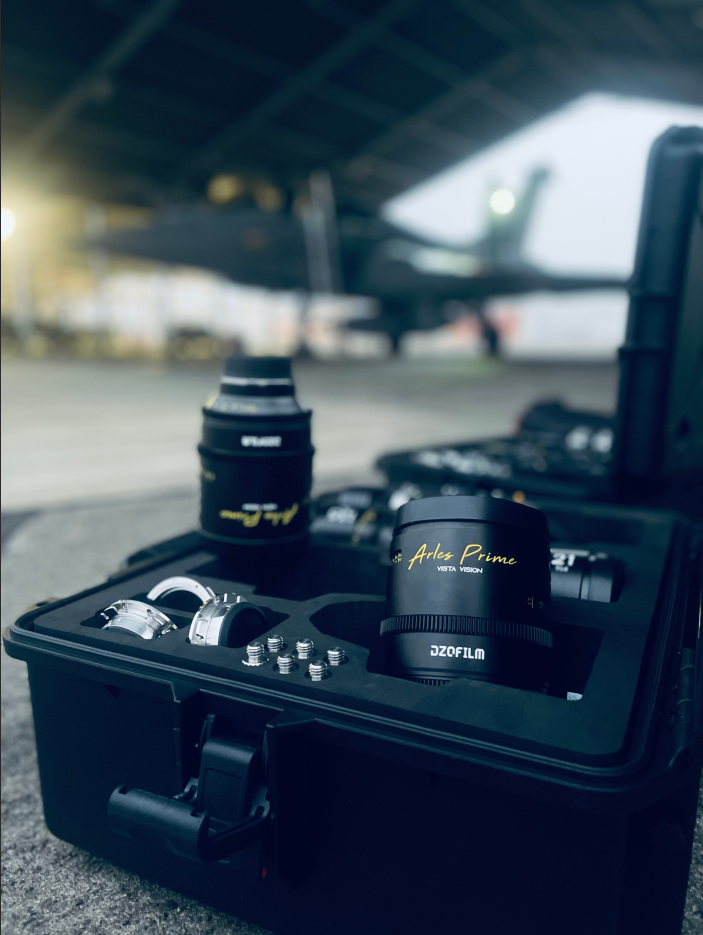
4. Were there any particularly memorable experiences or feelings during the shooting of this project?
The three-week shoot was filled with powerful moments. One that stands out involves Marie, after her first flight in a Rafale jet—an aircraft she maintains daily while pursuing her dream of becoming a pilot.
The sheer joy on her face as she returned was palpable. Later, at sunset, I filmed her watching the jets take off. A quiet intensity settled over her, and tears welled in her eyes. When I asked if she was okay, she simply said, "I've never been happier." I stepped back, capturing her silhouette against the darkening sky. It was one of those timeless, deeply human moments that remind me why I tell stories.

5. Beyond documentaries, you've used the Arles Primes on TVC projects. How does the combination of the BMPCC 6K and Arles Primes perform across these different types of shoots?
The Arles primes strike an excellent balance between being solidly built and relatively compact. This makes changing focal lengths quick and effortless—often in under ten seconds—which is invaluable when working solo or under time constraints.
While I use a lens support to avoid stressing the camera mount, the consistent barrel diameter makes swaps seamless. Their versatility is remarkable; they deliver consistent, high-quality results whether I'm on a fully crewed commercial set or filming alone in a demanding environment. They are truly adaptable tools.
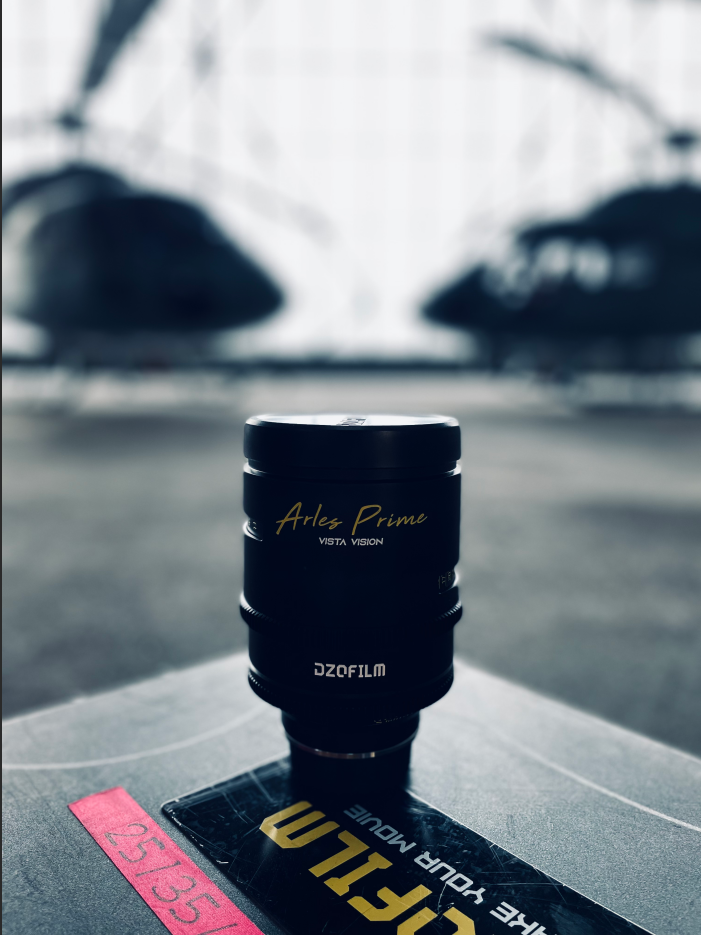
6. Having used the Arles Primes extensively, what practical tips would you share with other users of these lenses?
A highly effective combination I frequently use is pairing the Arles primes with Polar Pro's Chroma VND/PL filter. Its ability to independently control polarization and neutral density without interaction is a game-changer. It allows for precise elimination of unwanted reflections—from aircraft canopies to polished surfaces—offering a significant level of control over the final image.
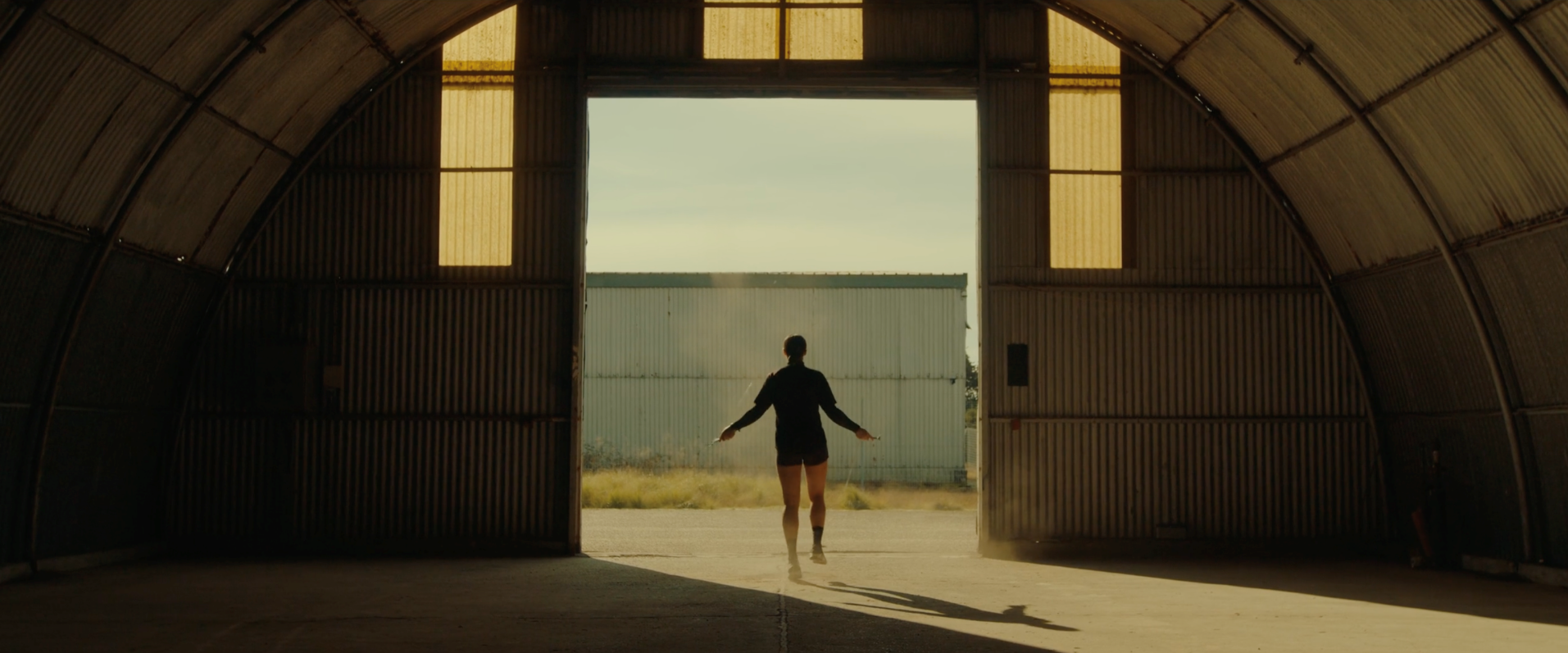
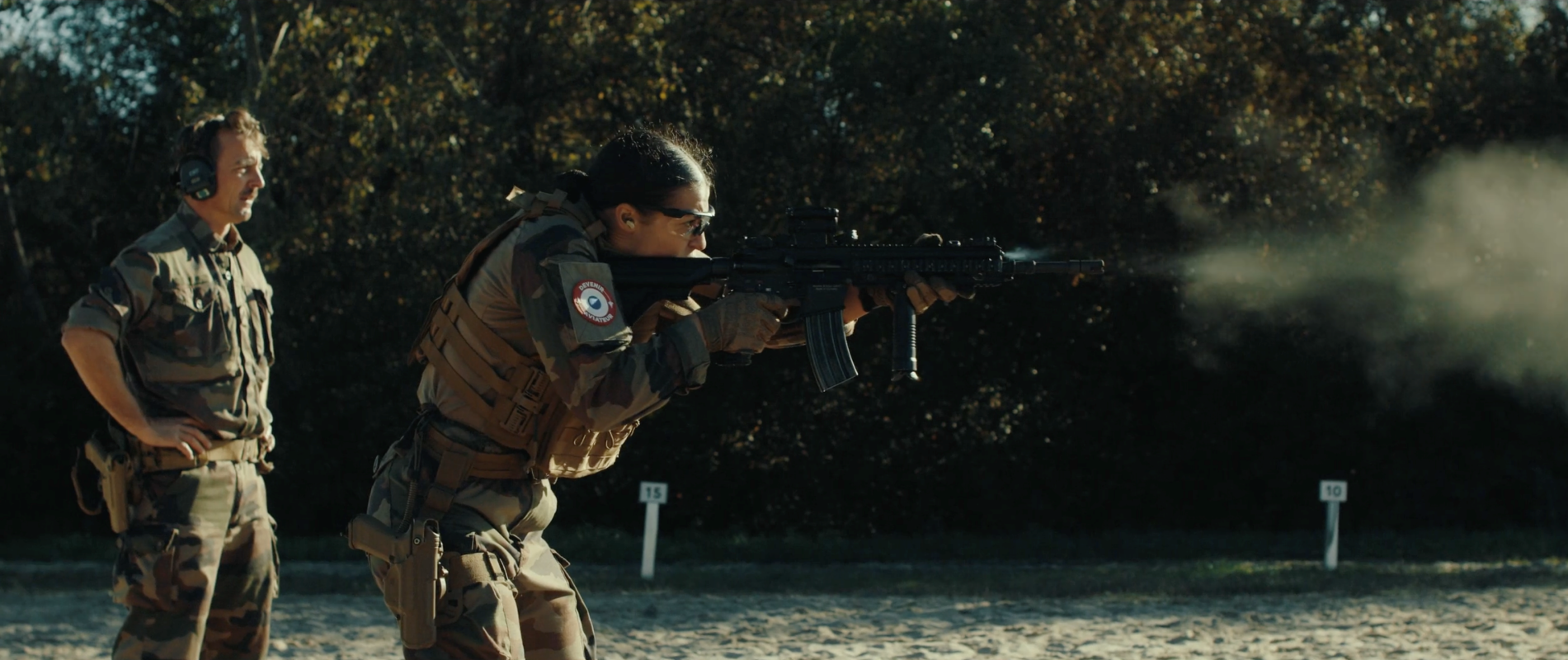
7. In your view, what areas could lens manufacturers like DZOFILM focus on to better support cinematographers in their creative work?
Further refinement in lens calibration systems would be a significant improvement, making the process more intuitive and less prone to disrupting a shoot's flow.
I also value impeccable mechanical precision. Aspects like absolutely reliable hard stops on the focus ring and aperture rings that remain tight over time are crucial. Being able to trust the equipment completely allows cinematographers to focus purely on creativity.
Finally, reducing the minimum focus distance on some lenses would offer even greater compositional flexibility, especially in dynamic, run-and-gun shooting situations.
